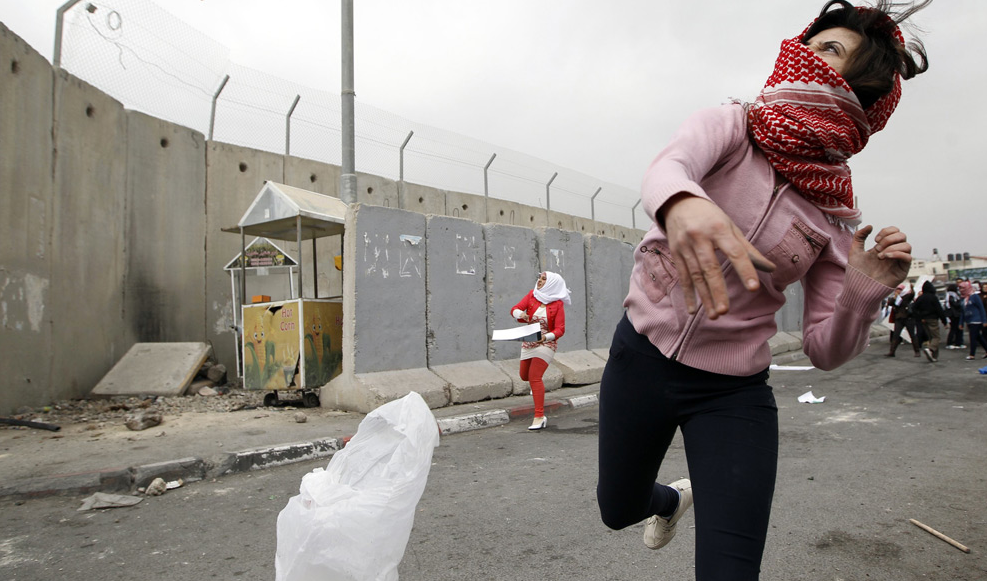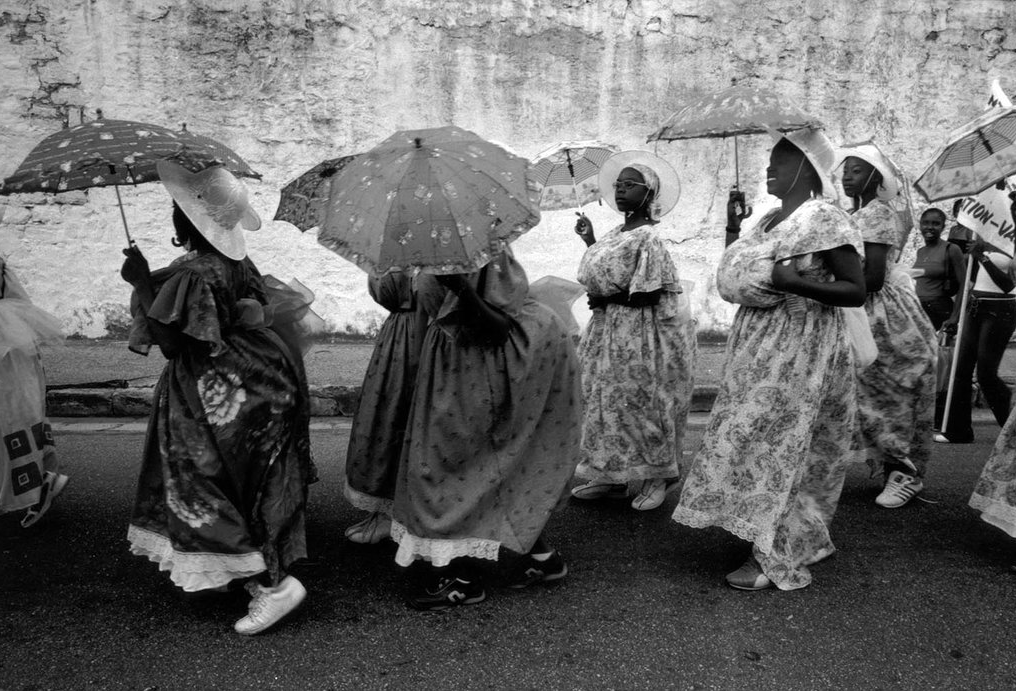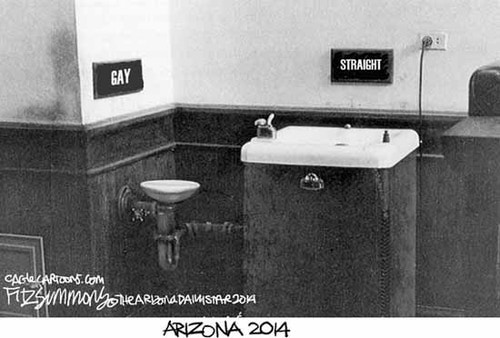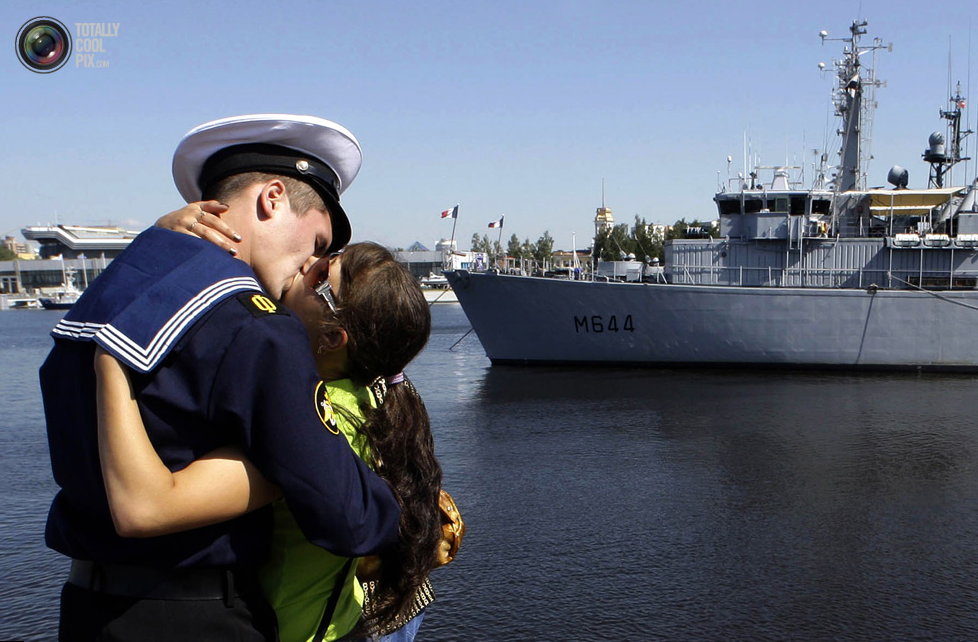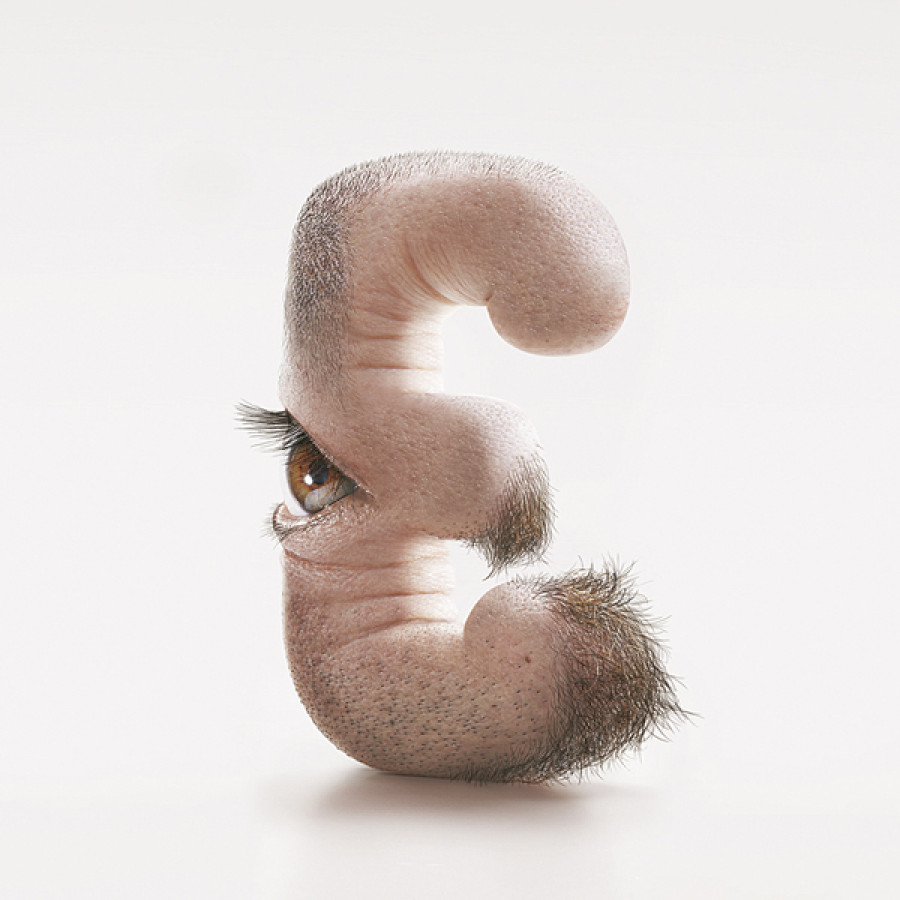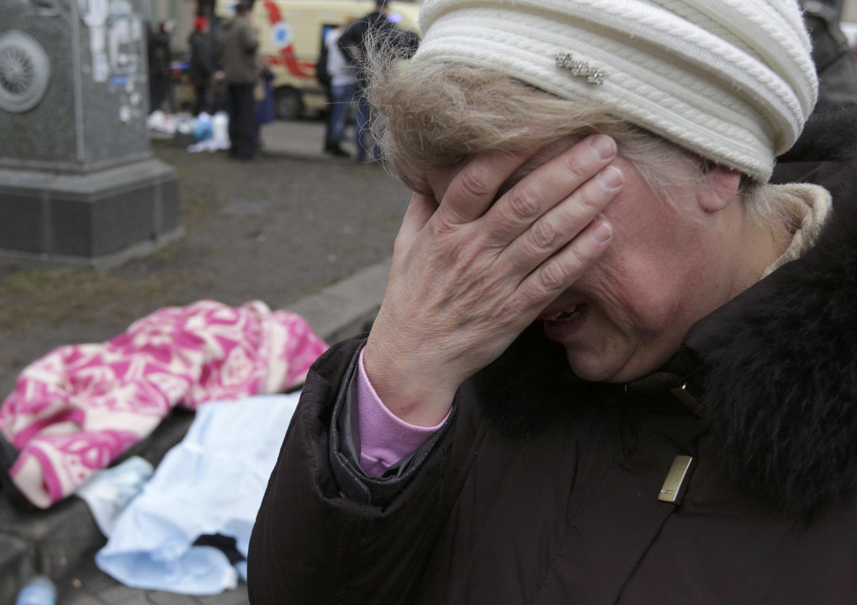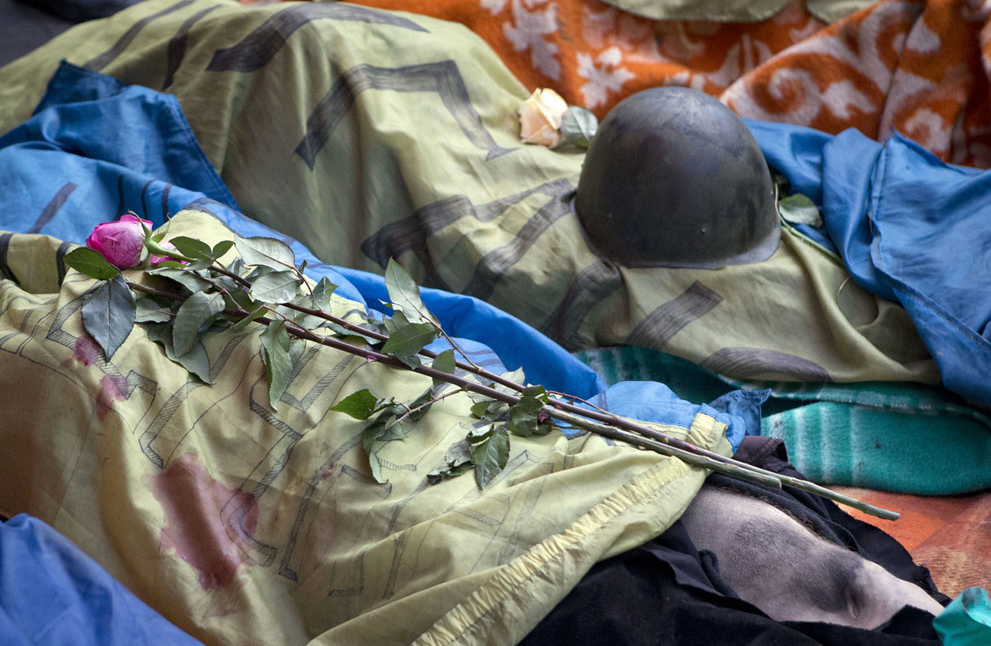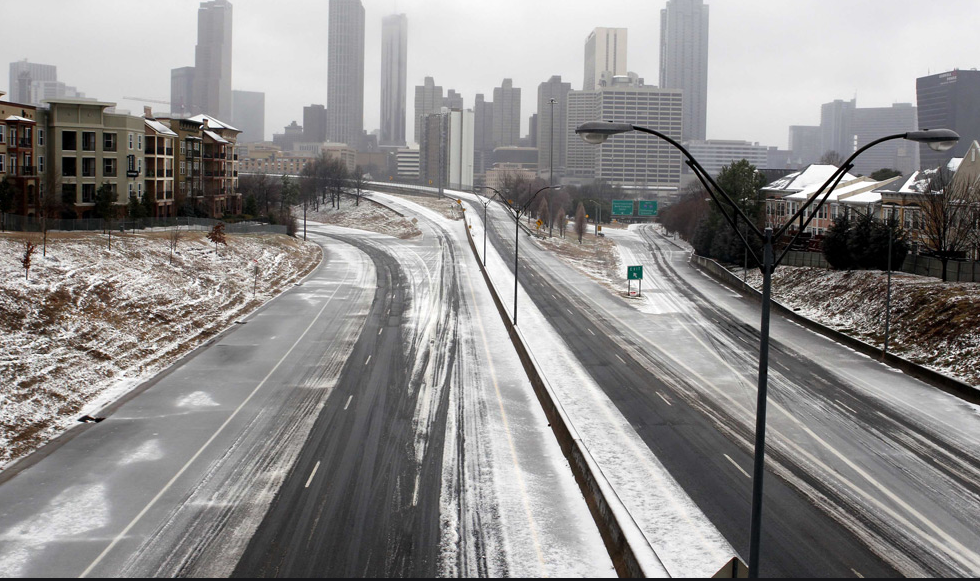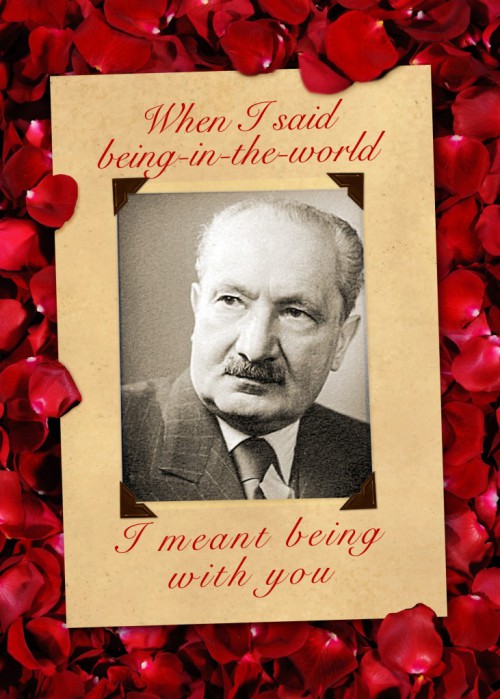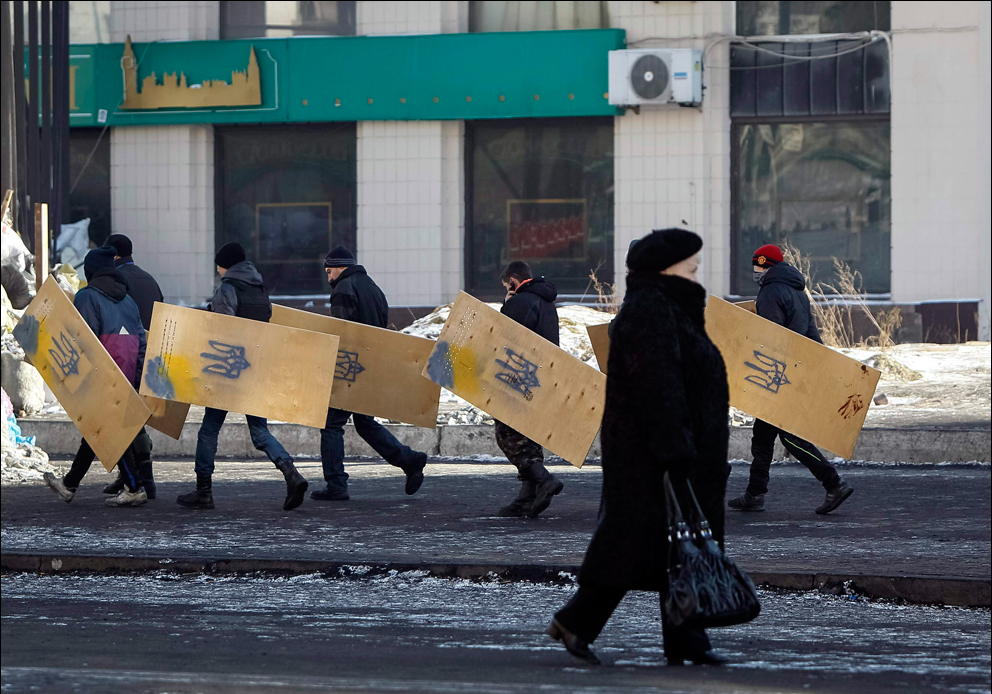Photographs of Palestinians hurling stones or aiming slingshots at Israeli troops are a dime a dozen. They are so common that we don’t even need to see the Israelis, or for that matter a caption, to know what it is that we are being shown. Indeed, a week barely goes by without one or two such photographs appearing in this or that mainstream internet news slideshows, lodged, as the image above, in between images of pole dancers in Sydney, grief-stricken relatives of a passenger onboard Malaysia Airlines Flight MH370, a farmer racing his Oxen through a rice paddy at the annual Kakkoor Kalavayal festival (it is in India, look it up, I had to!), and sunbathers in Nice.
So what exactly is going on here? By one account the stone throwers are performing for the camera, and there may be some of that going on, but such an account begs the question as to why the photographers are so invested in the activity to begin with or why photo editors are so willing to pay heed to the images and to give them pride of place in their publications with such regularity. One could argue that there is an anti-Israeli influence operating in the western media, as such images feature a stateless people fighting against a modern military state with the most primitive of weapons; but then again, one could just as easily also argue that there is a pro-Israeli influence in as much as what we are being shown are criminal malcontents disrupting the prevailing order of a legitimate, modern state. And there is the rub, for in an important sense such photographs leave the question entirely open to discussion.
There are two thoughts worth considering here. The first concerns the regularity of such photographs and their often random placement in slideshows that make them seem to be rather routine and ordinary events, if not also something like exotic curiosities on the order of annual pole dancing competitions, oxen races, or sunbathers. From this perspective, of course, the viewer is cast as a passive spectator witnessing an event from afar with little real investment in what is going on. There is something of a performative contradiction in this practice as the very regularity of the event, which should incline us to focus on its tragic significance—and I mean “tragic” regardless one’s particular political sympathies—seems to work against that understandng. This is not a matter of so-called “compassion fatigue,” but rather an instance of turning attention against itself such that the regularity of the event normalizes it and thus mitigates its importance. Ah yes, it’s springtime and so the sunbathers are out once again. And the beat goes on. And so the question might be, what is the point of the weekly slideshow and how are photos chosen for inclusion?
But there is a second and perhaps more pertinent concern: If we take the time to look at the photograph as a singular event, what is it that our attention is being directed to? Susan Sontag makes the point that photographs lack “a” narrative. The article is important, for it is true enough that there is no single narrative animated by or contained by any photograph. That is not the same, however, as saying that there are no narratives. And indeed, as I’ve suggested above, there are at least two operative within this image, one which casts the Israeli state as the protagonist and one which casts it as the antagonist. Perhaps both are correct. And there are likely other narratives as well. The point is that the photograph directs our attention to “an” event without necessary definition and encourages us—or more properly helps us —to imagine the range and register of useful questions to pose.
In a sense, engaging photographs is rather like playing the game of Jeopardy. And the point, of course, is always to put your answer in the form of a question.
Photo Credit: Mohamad Torokman/Reuters
